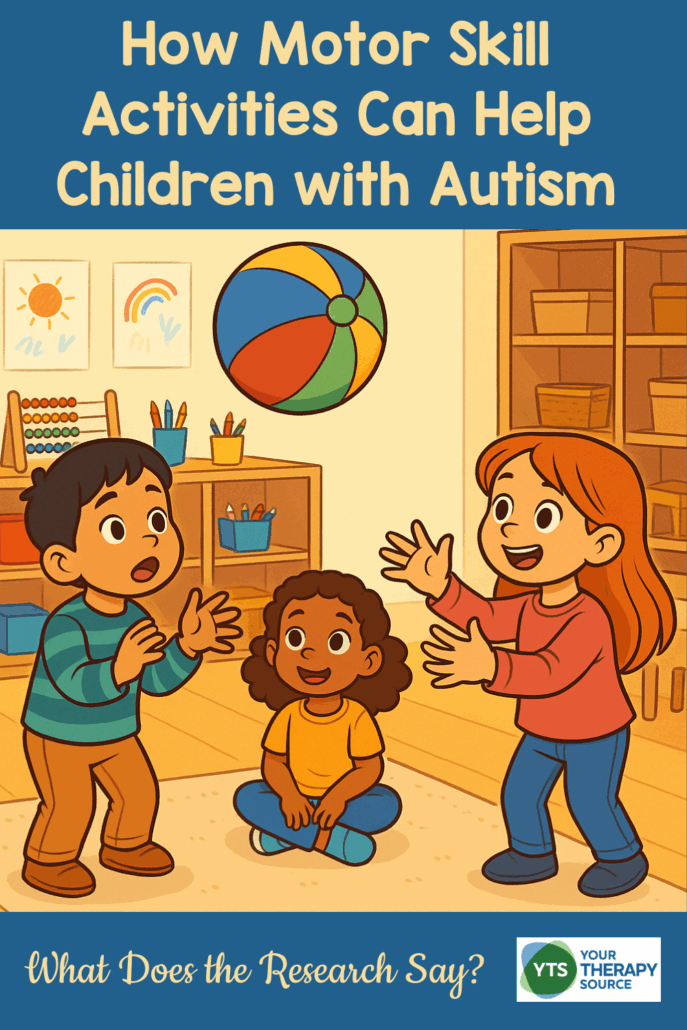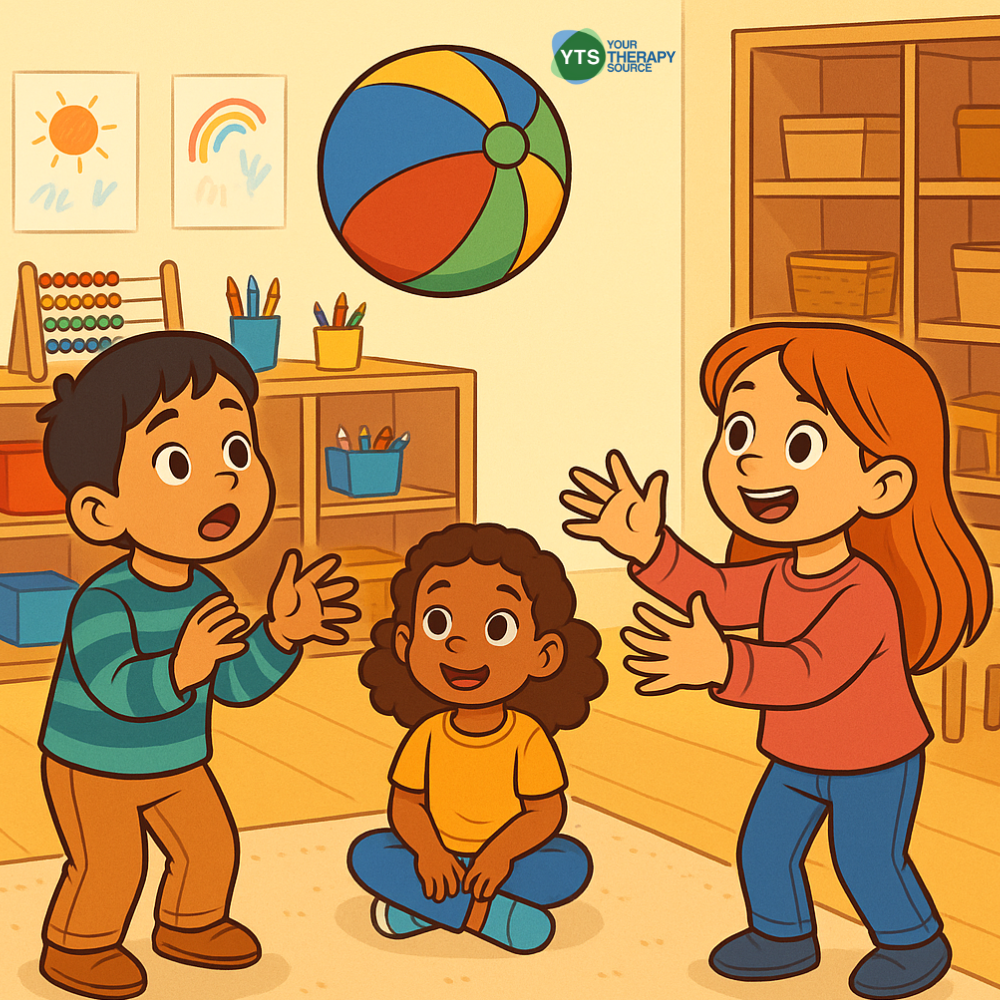How Motor Skill Activities Can Help Children with Autism
Motor skill development is often overlooked in early intervention for children with autism, but it shouldn’t be. A recent study explored how a structured motor intervention program (MIP) for preschoolers with autism can improve not only movement skills, but also social, academic, and behavioral development. Learn more about motor skill activities and autism.

What Did the Study on Motor Skill Activities and Autism Look At?
Researchers worked with 34 children ages 3 to 6 who had a diagnosis of autism. Half of the children participated in a motor intervention program for 60 minutes, twice a week, for 12 weeks. The other half continued with their usual special education programming.
The activities in the program included:
- Basic movement like running, jumping, and throwing
- Pre-academic skills like colors, numbers, and shapes
- Social skills such as turn-taking, greeting others, and cooperation
Each 60 minute session included warm-up activities, targeted motor practice, and group games to encourage interaction:
- 5 minutes: Warm-up (e.g., walking, running, jumping)
- 5 minutes: Functional exercises (e.g., flexibility and joint mobility)
- 40 minutes: Individual and group activities targeting motor, social, and academic skills
- 10 minutes: Group games that reinforce learned skills and increase peer interaction
Improved Motor Skills
Children in the program showed strong progress in balance, locomotor skills (like running and jumping), and manipulative skills (like catching and throwing). These gains were greater than those seen in children who did not participate in the program.
This is especially important because motor delays are common in young children with autism and can impact other areas of development, including social skills, daily activities, and learning.
Growth in Pre-Academic Skills
Children in the motor program made significant progress in their understanding of colors, numbers, shapes, and size comparisons. While both groups of children attended preschool special education programs, those in the motor intervention group made larger gains in these early academic areas.
Movement-based learning can help children stay engaged, improve memory, and support concepts like counting, comparing, and shape recognition.
Development of Social Skills
Children who participated in the program improved in several areas of social development. This included better cooperation, more self-control, and fewer externalizing and internalizing behaviors. These types of changes can help children succeed in group activities, follow directions, and build peer relationships.
Reduction in Challenging Autism-Related Behaviors
The motor intervention program led to a decrease in repetitive behaviors and improved social interaction in young children with autism. While these changes were significant, improvements in communication skills were more limited. This suggests that while movement-based programs can support many areas of development, additional strategies may be needed to specifically address communication challenges.
Why Motor Skill Activities and Autism Matters for Educators and Therapists
Motor skills are closely linked to academic success, behavior regulation, and social participation. Supporting movement early in life creates more opportunities for children with autism to learn and connect with others. Preschool years are especially important because early motor experiences can set the stage for future development.
Programs like MIP are most effective when they include a mix of individual support and group-based interaction. They also work best when embedded into daily routines and supported by consistent adult guidance.
Tips for Supporting Motor Development
You don’t need a formal program to get started. Try these ideas in the classroom or at home:
- Set aside time for short daily movement sessions
- Use structured games that teach turn-taking, following directions, and cooperation
- Combine movement with learning activities, like jumping to colors or tossing a ball to answer a question
- Observe each child’s engagement and adjust based on interests and needs
More Information on Autism and Motor Skills
If you’re looking to learn more, check out these additional articles:
- Motor Skill Practice and Autism
- Gross Motor Skills and Autism
- Delayed Motor Skills and Autism
- Motor Skills and Autism Overview
- Parent-Mediated Motor Interventions
Reference on Motor Skills Activities and Autism
Hatipoğlu Özcan, G., Özer, D. F., & Pınar, S. (2024). Effects of motor intervention program on academic skills, motor skills and social skills in children with Autism Spectrum Disorder. Journal of Autism and Developmental Disorders. https://doi.org/10.1007/s10803-024-06384-5



